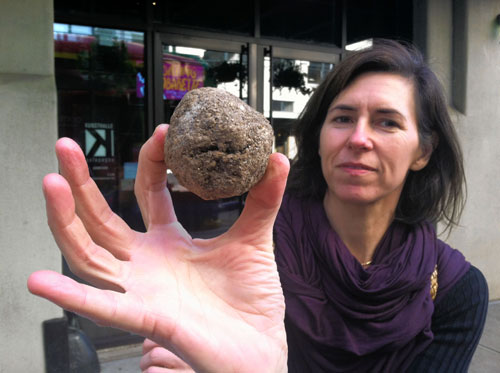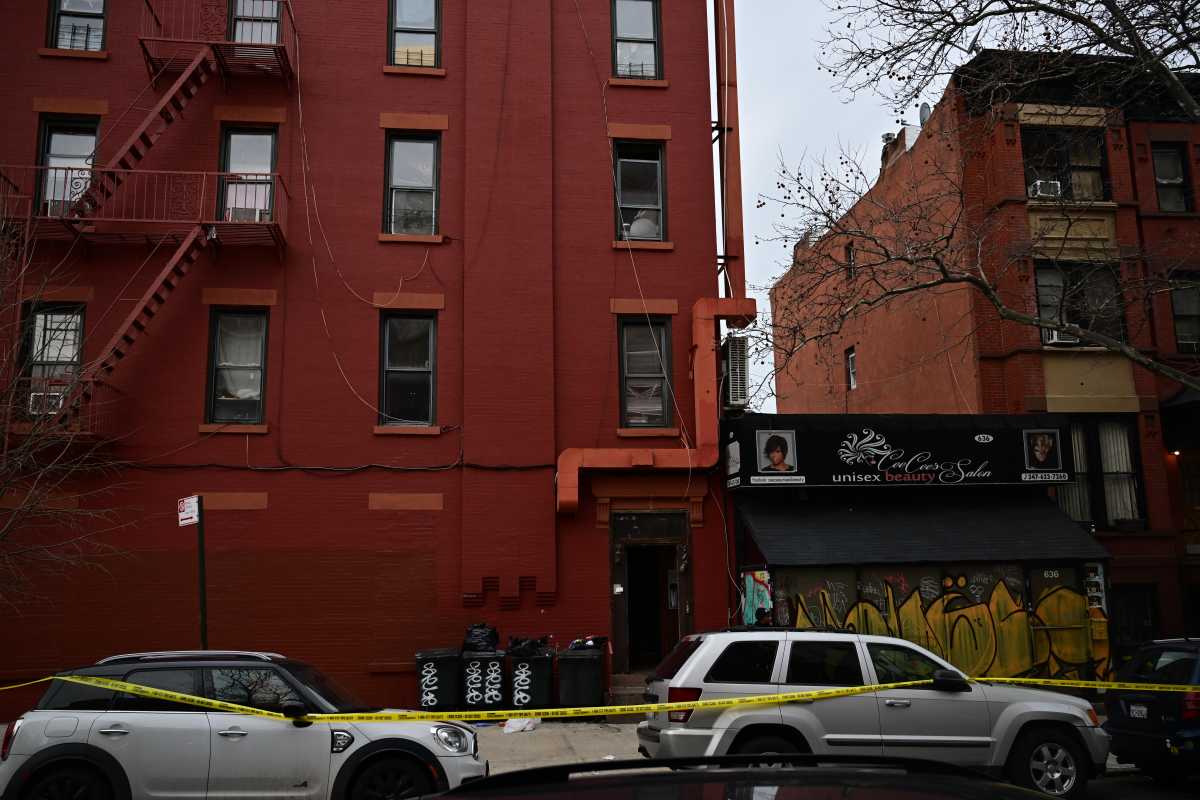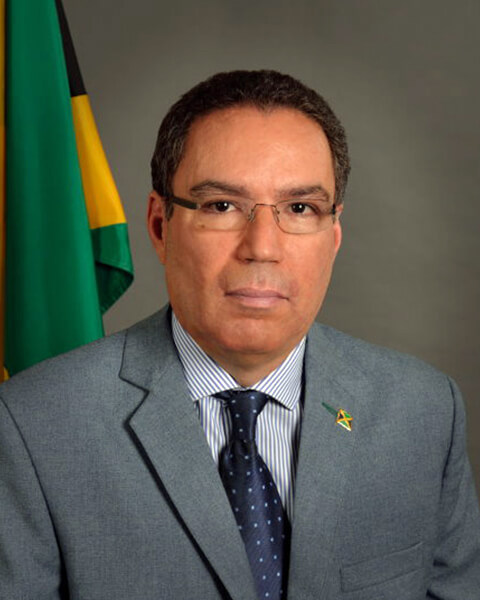Throwing mud into the Gowanus Canal is the secret to cleaning the dirty waterway, environmental activists say.
Mud balls packed with microbes that eat toxins and secrete nutrients can reduce pollution from raw sewage and make heavy metals less harmful, allowing native plants and animals to return to the putrid viaduct, according to the Masters of Succession Collective.
If the group gets its way, hundreds of volunteers will lob thousands of microbe-laced mud balls into the canal.
“It’s going to be an eating frenzy with the sludge,” said Dee Dee Maucher, who heads the group and pitched the idea at a TEDx event in DUMBO last Saturday.
The baseball-sized mud balls would contain a cocktail of beneficial bacteria found in yogurt, cheese, and beer dubbed “EM–1.” Often used to speed composting, the microbes consume organic material and produce enzymes, vitamins, and antioxidants that feed other organisms.
A 32-ounce bottle of the stuff sells for $30 at Home Depot, and although the water-cleaning microbes can be poured into the canal directly, the group says mud balls are more effective and more fun — increasing community participation in cleanup efforts and educating Brooklynites about natural ways to fight pollution.
Leaders of the collective hope to raise $3,000 and gather volunteers to make 100,000 balls — enough for one year of cleaning.
Doing the same with liquid microbes would require more of the costly cocktail applied in regular intervals — adding $15,000 to the price tag.
To keep costs down, planners are seeking partnerships with local breweries that could host fund-raisers and provide mud ball materials. Eventually, they imagine mud balls being sold in vending machines or cafes along the canal.
The proposal emulates a 2009 cleanup in Malaysia, where more than 18,000 people chucked 1.2 million mud balls into polluted rivers. Within seven months, sludge thinned visibly and some aquatic life returned, according to one report.
But some residents fear microbes would do little to clean a waterway that’s flooded with raw sewage during storms and is so dirty it actually has gonorrhea.
“You would have to constantly dose it with microbes,” said Marlene Donnelly of Friends and Residents of Greater Gowanus. “It’s not a fix. It would be a temporary thing at best, and at worst you would have to use so much that you would make it more polluted.”
The Environmental Protection Agency declared the canal a Superfund site in 2010 and plans to dredge filthy sediment in a cleanup that could cost $456 million, but ruled out using microbes because of the severity of the contamination and because they would not attack coal tar waste, heavy metals, and other pollutants.
“There are dozens if not hundreds of chemicals in the canal,” said Christos Tsiamis, who heads the federal cleanup. “These microbes might affect some of them but will not affect the vast majority.”
The Environmental Protection Agency will object to the project unless organizers seek approval, he said.
But microbes are worth a try, according to biologist and mud ball backer Paul Mankiewicz.
“Microbes could break down anything on Earth, anything we make,” said Mankiewicz, who directs the Gaia Institute and is treasurer of the New York City Soil and Water Conservation District. “Mud balls are not the perfect solution in and of themselves, but they’re worth testing and seeing if they have an effect even locally.”





















